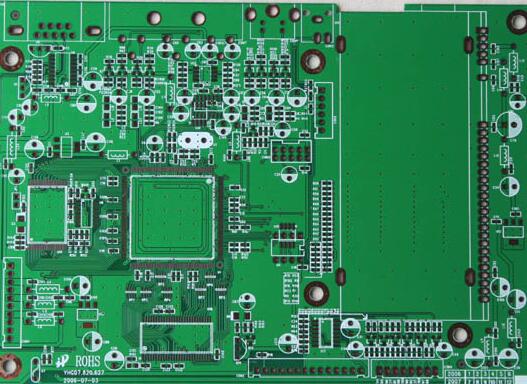Walking power generation comes true, ceramic substrates add color to energy reuse
It is a genius idea to collect the energy generated in people's daily life to generate electricity, and its meaning is very far-reaching. For example, smart floor tiles, which is an energy reuse design with electromagnetic generators under flexible floor tiles, are currently being promoted mainly in Europe and the United States, but designers prefer the Chinese market. The specific laying of intelligent floor tiles cannot be separated from the support of electronic sensors. As the current best PCB substrate material in the electronics industry, ceramic substrates will also add color to energy reuse.
Collecting the energy generated in people’s daily life to generate electricity can not only improve the efficiency of energy circulation, but also support environmental protection. It is really a genius idea. Researchers have been tirelessly pursuing this idea into a real technology.

An Englishman had a flash of inspiration when he was passing by London Victoria Railway Station. He saw people coming and going. There is a high population density in a limited space. You can try to collect the energy generated when people move around! The Pavegen technology company founded by designer Lawrence Kemball-Cook has turned this imagination into reality.
Collecting the kinetic energy of people walking around, the name of this project is called ‘smart floor tiles’. Specifically, electromagnetic generators are installed under the flexible floor tiles, and sensors are used to drive the machine to give full play to the value of technology. At present, a person of standard weight can only generate 3 joules of energy when taking a step on a floor tile, which can be converted into electrical energy, which can make a low-energy LED lamp light up for 30 seconds, which is enough for lighting when alone at night. But obviously, it is far from enough for cost. According to a newspaper report, in Washington, the smart floor area where Pavegen spent $100,000 on trial runs, because of the scarcity of people, the energy collection effect was not good, and it did not meet expectations.
Compared with other clean energy sources, such as solar energy, wind energy, and tidal energy, it seems that smart floor tiles can only be promoted in a limited number of prosperous metropolises. In this regard, the latest information released by the designer stated that the company he led has been researching lower energy consumption equipment and more environmentally friendly energy harvesting technology. Indeed, for this kind of public facility sensors, low energy consumption, service life, and later maintenance issues are very worthy of attention. It is necessary to avoid many difficult maintenance situations like the LED energy-saving street lights popular in Sweden.
In response to this kind of concern, the way to deal with this is to choose from hardware material vendors.Ceramic substrates are currently the most advanced option in substrate materials. In terms of low energy consumption, due to the thermal conductivity of several times higher than other substrates, ceramic substrates are convenient for heat conduction and heat dissipation. The long-term operation is quite stable and the performance is excellent. Post-maintenance is mainly due to poor substrate materials and unmatched thermal expansion rate of the chip. Due to the uniqueness of the equipment, it must be returned to the factory for repair, which causes difficult maintenance problems. The oxide layer of the ceramic substrate does not contain organic components, is resistant to cosmic rays, and can also be used in a variety of reducing atmospheres, not to mention ordinary streets. From the above point of view, this low-energy, environmentally friendly, and efficient substrate material, whether it is its creation, innovation or development, conforms to the trend of the times, and is the best choice when people need to apply high-performance materials.